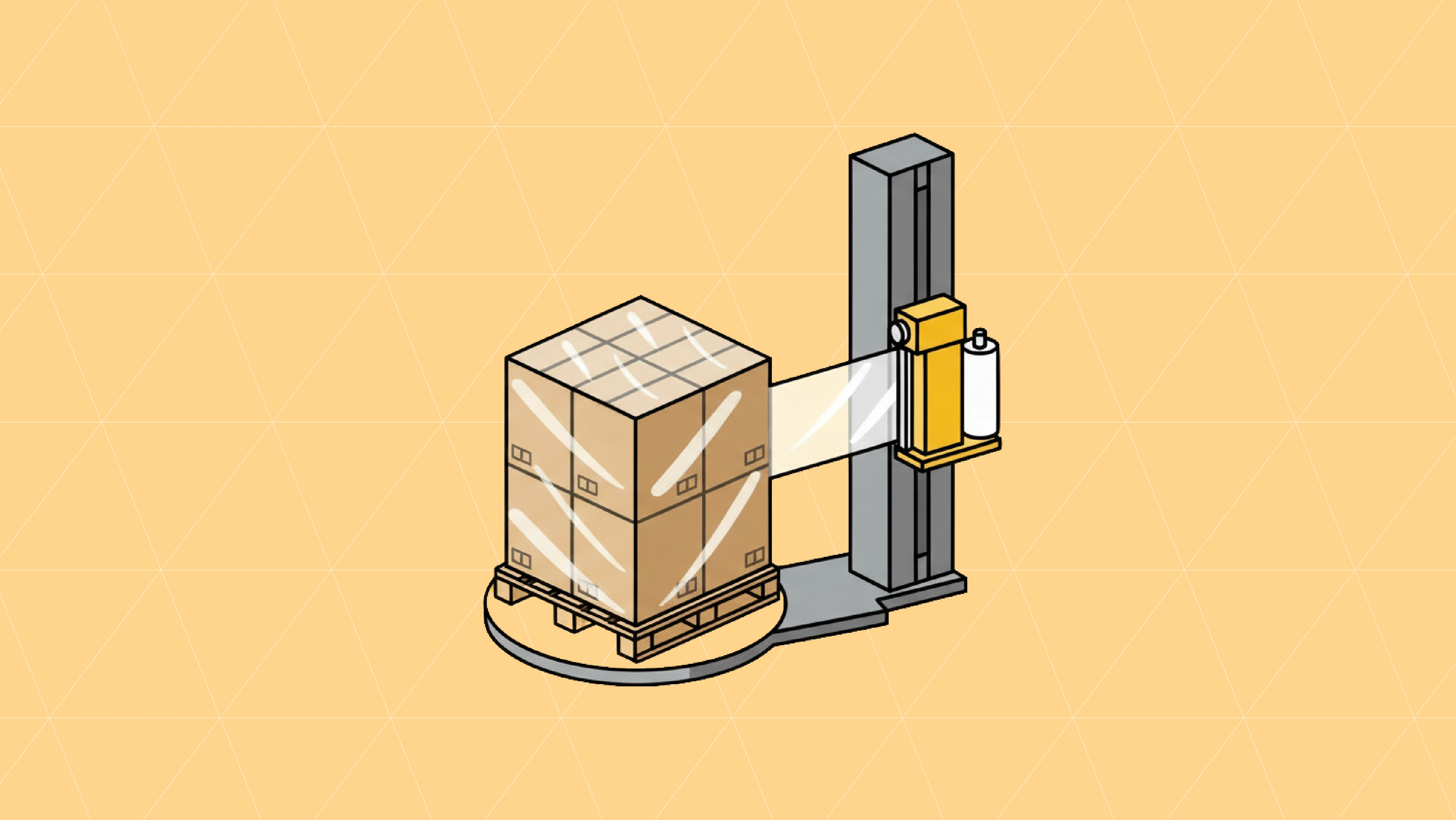In today's competitive market, finding cost-effective transportation solutions is essential for businesses of all sizes. One method that continues to prove valuable is Less-than-truckload (LTL) shipping—a strategic approach that allows multiple companies to share cargo space on a single truck.
Understanding the Economics of Shared Freight
When freight doesn't require an entire truck, LTL shipping presents an intelligent alternative. Instead of paying for unused space, companies are charged only for the portion of the semi-truck that their goods occupy. This approach substantially reduces transportation expenses while offering numerous additional benefits.
The financial advantages extend beyond simple space allocation:
Reduced warehouse costs through more frequent, smaller shipments
Access to professional logistics expertise
Competitive shipping rates
Smaller carbon footprint through load sharing
Faster delivery timelines
Enhanced shipment security
Advanced tracking capabilities
Access to modern shipping technology
Greater flexibility in delivery options for customers
The Mechanics Behind LTL Transportation
LTL transportation typically accommodates shipments ranging from 100 to 10,000 pounds, often consisting of one to six pallets, cases, or large bundles. This structure creates space for multiple shipments in a single trailer, maximizing the efficiency of each trip.
The operational foundation of LTL shipping relies on terminal networks—smaller local facilities connected to larger central terminals. This distributed system allows for efficient routing and handling of diverse shipments.
Industry experts often refer to "cubing out" when determining the threshold between LTL and full truckload (FL) shipping. While some sectors suggest that shipments exceeding 8 pallets generally warrant FL shipping, the appropriate method ultimately depends on the specific characteristics of the items being transported.
Strategic Benefits for Modern Businesses
The practical advantages of LTL shipping extend well beyond simple cost savings:
Financial Efficiency: Companies pay only for the trailer space their freight occupies, with costs distributed proportionally among all shippers using the same truck.
Enhanced Security: Carriers are motivated to fill trucks completely, creating a more secure environment for goods during transit. Additionally, carriers assume responsibility for properly loading and safely transporting the freight.
Value-Added Services: LTL shipping often includes beneficial extras such as lift-gate service during pickup or delivery, residential service options, inside delivery, pre-delivery notification, and temperature protection measures.
Real-Time Visibility: Tracking capabilities have become increasingly sophisticated, with most carriers providing instant status updates using Bill of Lading numbers, pickup references, or cargo identification. This transparency allows businesses to monitor their shipments at any point in the transportation process.
Factors Influencing LTL Pricing
Several variables affect LTL shipping rates:
Additional Services
Services beyond standard pickup and delivery incur supplementary charges. These might include limited-access locations, lift-gate requirements, inside delivery, or temperature control.
Freight Classification
The weight, density, and fragility of cargo determine its freight class. Lower-class freight—typically heavy, dense, and durable—is generally easier to handle and therefore less expensive to ship. Higher-class freight tends to be lighter and more fragile, requiring additional care during transport.
Geographic Considerations
Shipping costs naturally increase with distance. Some LTL carriers operate exclusively within specific regions, necessitating transfers between multiple carriers for longer routes—a process that can significantly impact overall expenses.
Retail Compliance and Vendor Requirements
Major retailers have implemented strict delivery requirements that directly impact shipping strategies. Non-compliance results in substantial penalties—with up to 3% of the cost of goods sold— for cases where suppliers fail to meet requirements.
Freight consolidation has proven effective for increasing efficiency by converting typical LTL shipments into full-truckload (FTL) deliveries. This approach improves performance and reduces costs by combining freight from multiple vendors into single shipments. Many LTL carriers establish drop trailer agreements with shipping and receiving facilities to facilitate loading and unloading processes.
Optimizing Your Supply Chain
LTL shipping represents a strategic opportunity to reduce expenses while enhancing supply chain efficiency. Numerous logistics providers offer competitive rates, allowing businesses to select carriers that best align with their specific requirements and reliability standards.
Maintaining strong compliance performance across retailers forms another crucial element of supply chain management. Advanced monitoring tools now allow companies to track performance metrics from individual shipment details to comprehensive company-wide analytics.
By implementing thoughtful LTL strategies and maintaining rigorous compliance standards, businesses can achieve significant cost savings while meeting increasingly demanding customer expectations.
More articles
Our platform is designed to empower businesses of all sizes to work smarter and achieve their goals with confidence.




